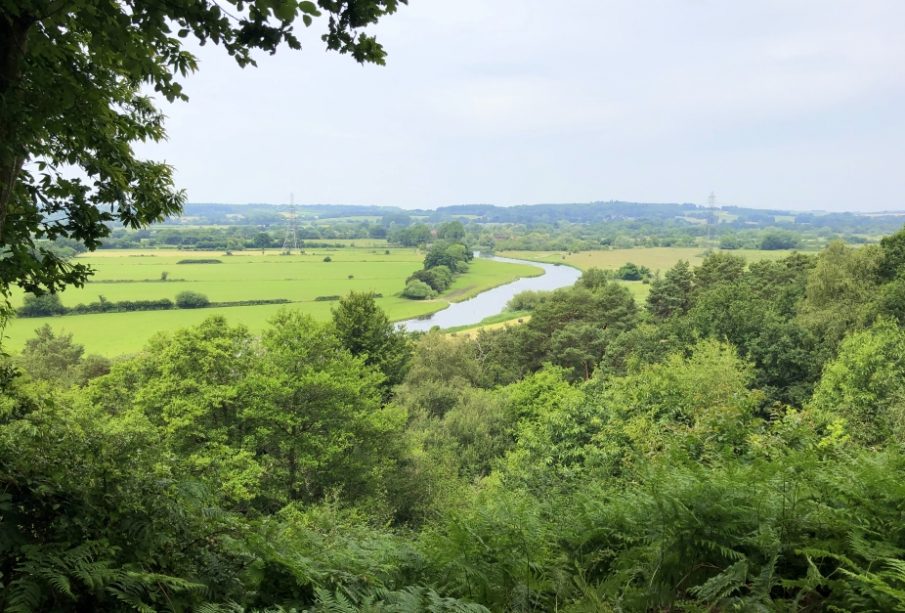Discovering the New Forest: An Ecological Gem

Introduction
The New Forest, located in southern England, is a region of remarkable natural beauty and biodiversity. Established as a national park in 2005, it has become one of the country’s most cherished natural reserves, attracting visitors for its unique landscapes, diverse wildlife, and historical significance. As environmental issues grow ever more pressing, the preservation and promotion of areas like the New Forest become vital for the health of our planet and the enjoyment of future generations.
Environmental Significance
The New Forest spans over 566 square kilometres and is home to a variety of ecosystems, including ancient woodlands, heathlands, and wetlands. It houses more than 3,000 species of invertebrates, hundreds of plant species, and unique mammals such as the New Forest pony and deer. This rich biodiversity underscores the importance of conservation efforts in protecting these habitats from urban development and climate change.
Recent Developments
In recent months, the New Forest National Park Authority has launched several initiatives aimed at preserving its ecosystems while promoting sustainable tourism. One noteworthy programme involves community engagement, where local residents are encouraged to participate in conservation activities, such as tree planting and wildlife monitoring. Furthermore, digital tools like new mobile apps are being developed to enhance visitor experience, providing information on walking trails and wildlife sightings.
Visitor Impact
Tourism plays a significant role in the local economy, and the New Forest received over 13 million visitors in 2022. This influx has prompted discussions among stakeholders about managing tourism sustainably. Efforts are being made to educate visitors on respecting the environment, including keeping dogs on leads during specific seasons to protect ground-nesting birds. Moreover, events such as ‘The New Forest Show’ promote local produce and highlight conservation efforts while celebrating the region’s agricultural heritage.
Conclusion
The New Forest represents a vital link between humans and nature, offering a multitude of benefits ranging from recreational opportunities to critical ecosystem services. As the park continues to adapt to challenges posed by climate change and increased visitation, ongoing conservation efforts will be essential in maintaining this ecological treasure. For future visitors and residents, the New Forest remains not just a place of beauty but a living example of environmental stewardship.





